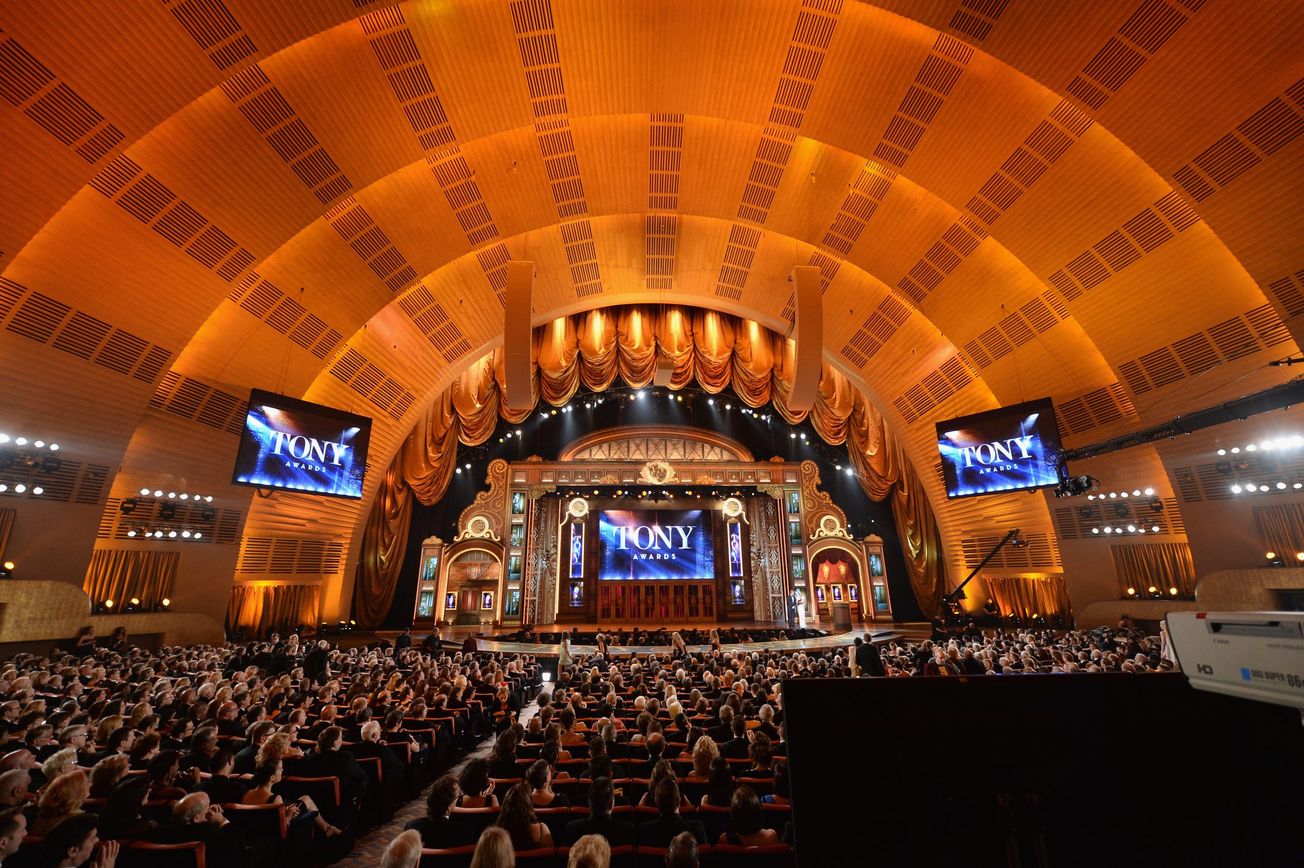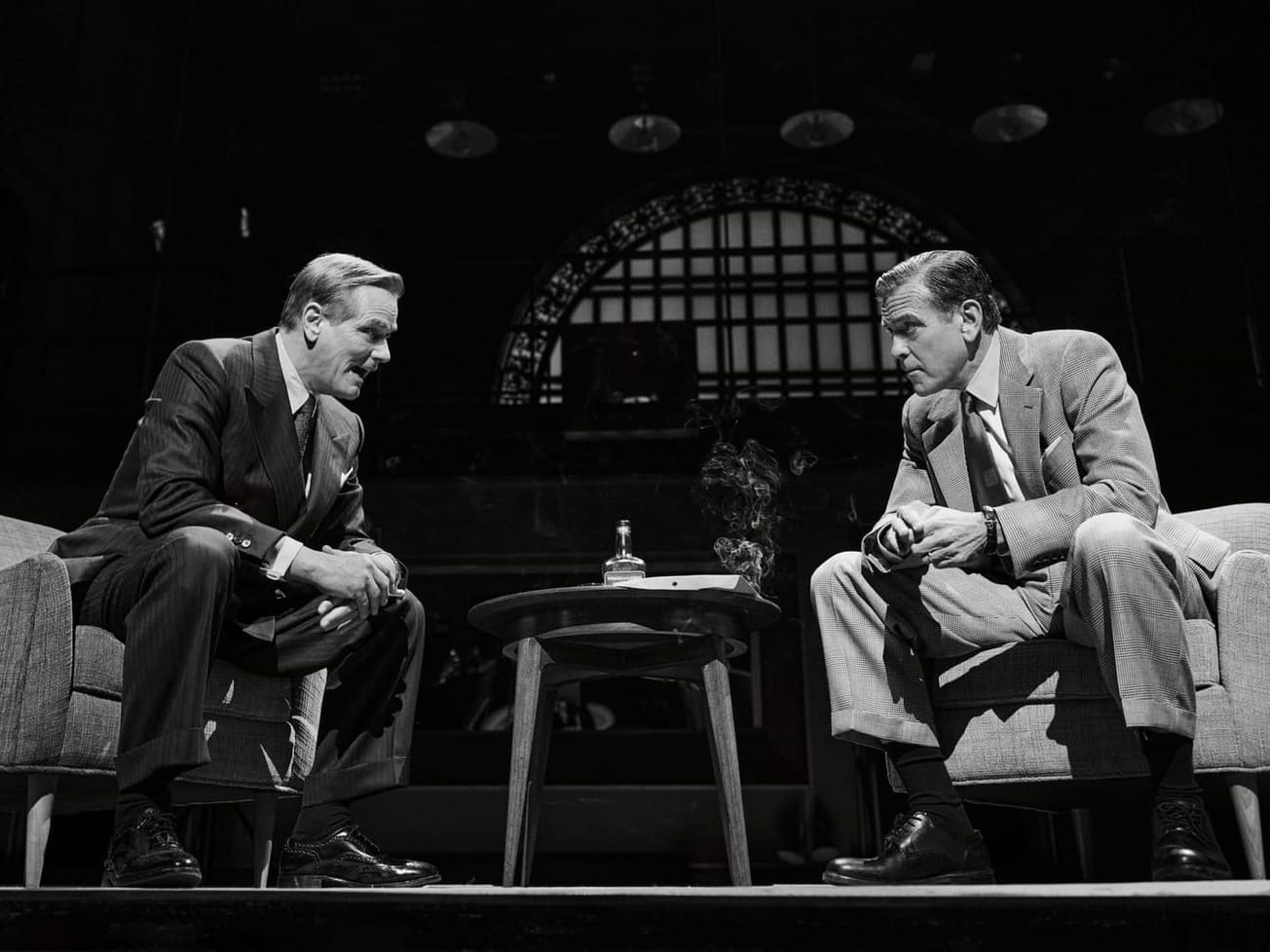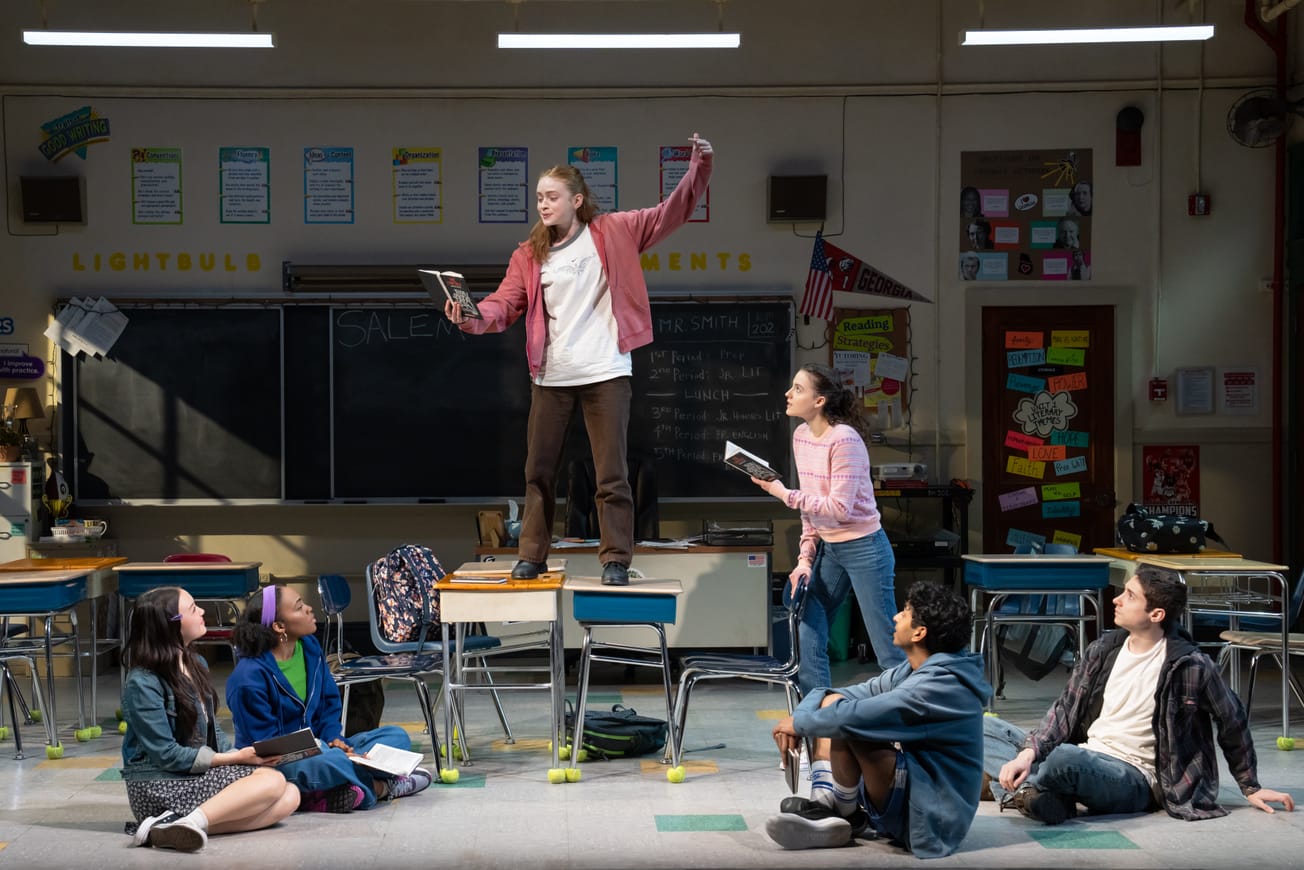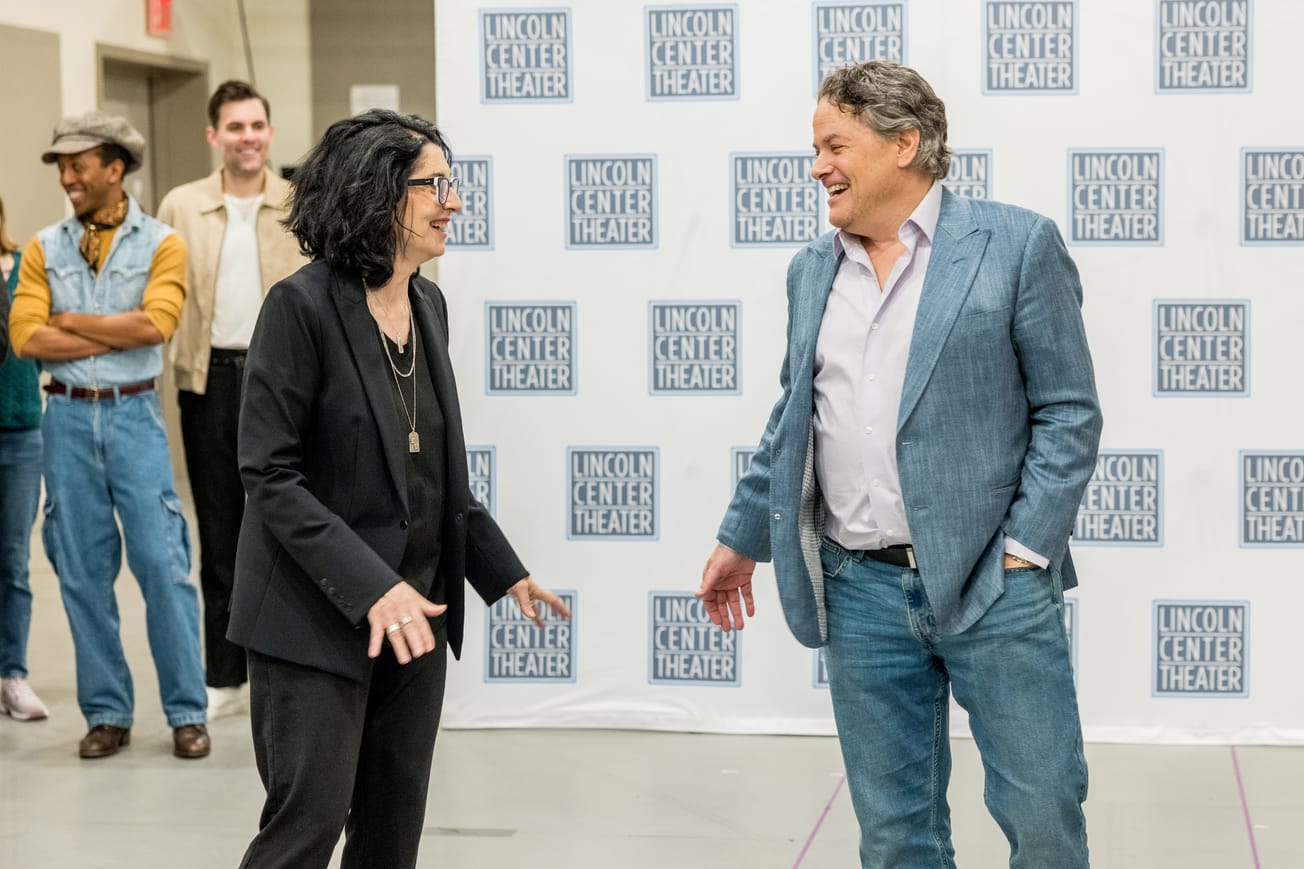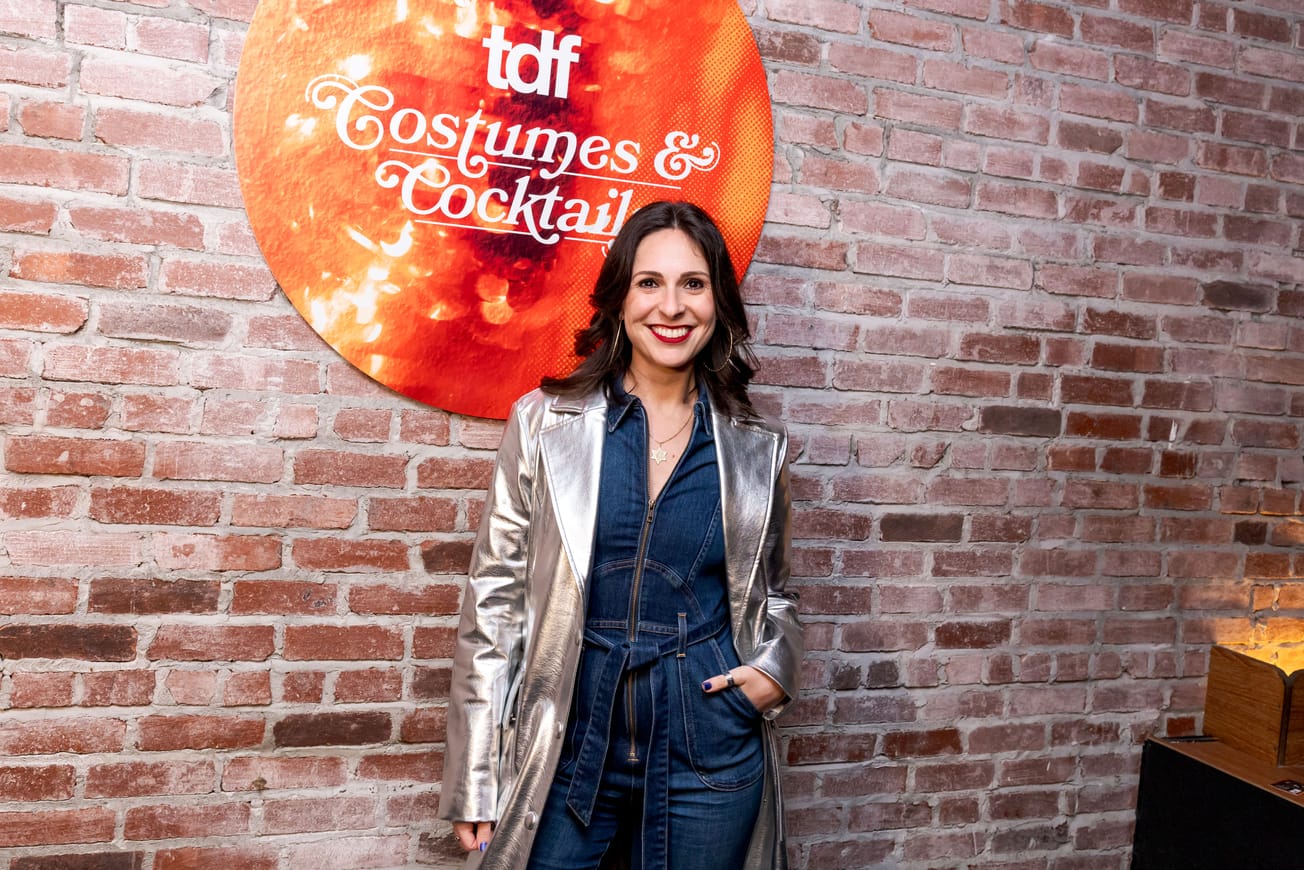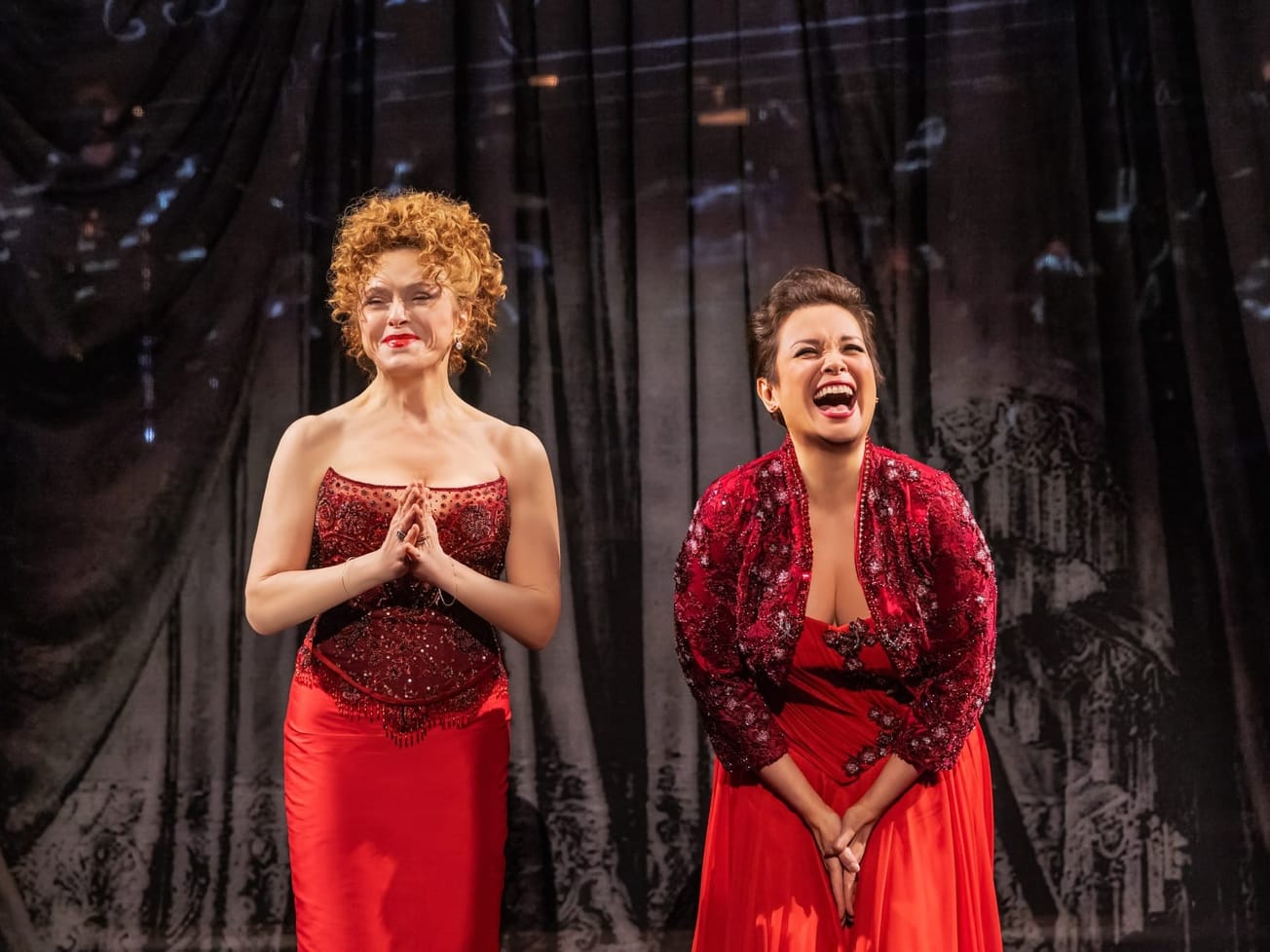When it comes to crafting the Tony Awards, there’s just one group that the Broadway League and American Theatre Wing calls on to transform America’s living rooms into a Broadway stage: White Cherry Entertainment.
Executive producers Ricky Kirshner and Glenn Weiss (who also directs the telecast) spoke with Broadway News about the community feel of Broadway, how producing the first fully virtual Democratic National Convention influenced their approach to this year’s ceremony and, in the words of Weiss, how “the show behind the show that nobody gets to see” is where the real excitement of the night lies.
Broadway News (BN): When does the actual planning of the Tony Awards start? Are you able to create a plan for the show at the beginning of the season before any nominations are announced?
Glenn Weiss (GW): It’s year-round. Our job doesn’t start when the nominations come out, but our job changes directions when [they do]. We do a lot of pre-planning, and then contingencies, but until [nominations] come out, solid direction is all a guess.
BN: In the past 20 years, White Cherry Entertainment has produced not just the Tony Awards, but the Oscars, Super Bowl halftime shows and the Democratic National Convention. How do the Tonys compare to these other shows you work on?
Ricky Kirshner (RK): If you look at the Super Bowl halftime, the challenge is how to get that thing out there in seven minutes, perform it in 12, then get back off in seven. If you look at the Democratic Convention [in terms of structure], you’re building it for three weeks and you’re trying to get out a message that sometimes we don’t even control because the news organization controls it. Here at the Tonys, we’re really trying to bring a TV sensibility to what is already created on Broadway, and then add to it probably four or five original numbers that we come up with and make it one cohesive show.
BN: In 2020, you produced the first entirely digital DNC. How did that experience inform how you approach these other events, including the Tony Awards?
GW: The Convention was an experience on steroids. In the course of four months, we went from having over 60 designs and being in an arena, to a convention center and then we just kept scaling to different places. As the design and all the visuals that you see change, so does our infrastructure of how to do it. The old playbook of, “Hey, here’s how we do a convention” went completely out the window. At the end of the day, we’re in Radio City Music Hall for the Tonys this year, but a lot of our staff is still working on Zoom. We’re not gathering everybody in one space, but we are as efficiently interacting interdepartmentally through processes that have come along during the pandemic. A lot of our process for putting it together has changed. Not the product, but the process.
BN: Let’s get into some of the specifics of arranging the Tonys. Everyone always looks forward to the performances. How do you work in these big, showstopping numbers when you have to take into account that some of the performers in costume on stage might need to be back in their seats to potentially accept an award?
GW: This is really not understood by the outside world at all. We have to look at, first, ideally, what we think would be a great musical flow. You don’t want to have a ballad behind a ballad or a big energy number followed by another big energy number. You want to be able to space out your show, because you’re doing a four-hour block of time, three hours on CBS [and one on Paramount+].
So you start with your wish list of what’s your best flow. You start looking at everything from award placements to [wardrobe logistics]. Somebody in one particular show, because of their costume and because of what they’re changing back into, might only need eight or nine minutes whereas somebody else who’s in a big elaborate costume for the performance and elaborate glam for their award, they might need 15 minutes to change.
There’s no one-size fit that fixes all. It’s a pretty arduous task taking the better part of a few weeks once we get all the information: what the number is, what cast members are in the number, who are the nominees, is there a big change or a little change, what will they be wearing, etc. But it’s a two-week process.
BN: This is the second year that we have two Tony Awards ceremonies, the streaming-only show and then the longer one aired on cable. What has changed this year in terms of what airs on Paramount+ versus CBS?
GW: We kind of have a year under our belt, but last year, which was an abbreviated season, we had only three shows in the [Best] Musical category. So everything about the complexion of the show was different. There was an order for [the Tonys], previous to COVID, where we had what we called pre-tel awards that were given out between 7pm and 8pm and commercial breaks. Then clips and small excerpts from those awards were played as part of the CBS broadcast. The beauty of this [new] model that CBS has offered is that the Paramount+ show is an actual show. We’re not just recording awards and pulling clips. The entire thing is on the air for the public to experience and enjoy. Here we will have presenters, we will have some performances; it’s not a second-class event. It is the Tony Awards, Act One [on Paramount+] and then the Tony Awards [on CBS], all of which are honoring people, and all of which are out there for the world to see.
BN: Without revealing spoilers, what can we expect from the 2022 Tony Awards?
RK: You know, it’s funny. I get asked that a lot on so many shows and my answer is, not to be a wise guy: I have no idea.
GW: I don’t think what we think two weeks before will be our best moment will be our best moment. There’s still another two weeks for us to create something. When Hugh Jackman [first] hosted the show [in 2004], during a commercial break [of the dress rehearsal], he did a Broadway medley from his show [“The Boy From Oz”] to keep our house entertained. It went so well and it was so well received that between then and the show we found a way to put that on the air. In the two months of planning, it wasn’t even a concept we were going to do and then it was one of the most talked about moments the next day.
RK: The speeches at the Tonys are probably the best of any awards show. So what can you expect? You can expect really talented people and really great speeches that come from the heart and mean something.
BN: What is it about this particular show that generates such heartfelt moments?
RK: I think we create an atmosphere where people feel comfortable. The speeches are from the heart because people feel comfortable and they are among their peers. At a lot of other awards shows, [winners] are in front of people they don’t really know so they feel like they better mention everyone they know. Here they are among everyone they know and probably worked with.
GW: It all comes back to that one word: community. Which we really do believe Broadway is. Community is the definition of this space and that translates on our show, onto the acceptance [speeches, which] translates to everything people are going to see on the Tony Awards, and that’s what makes it stand out from the other shows.


















































